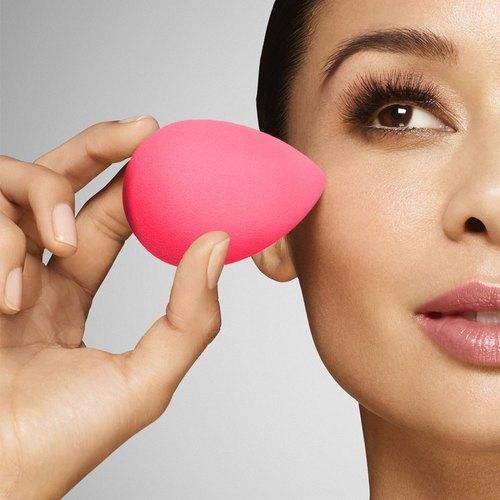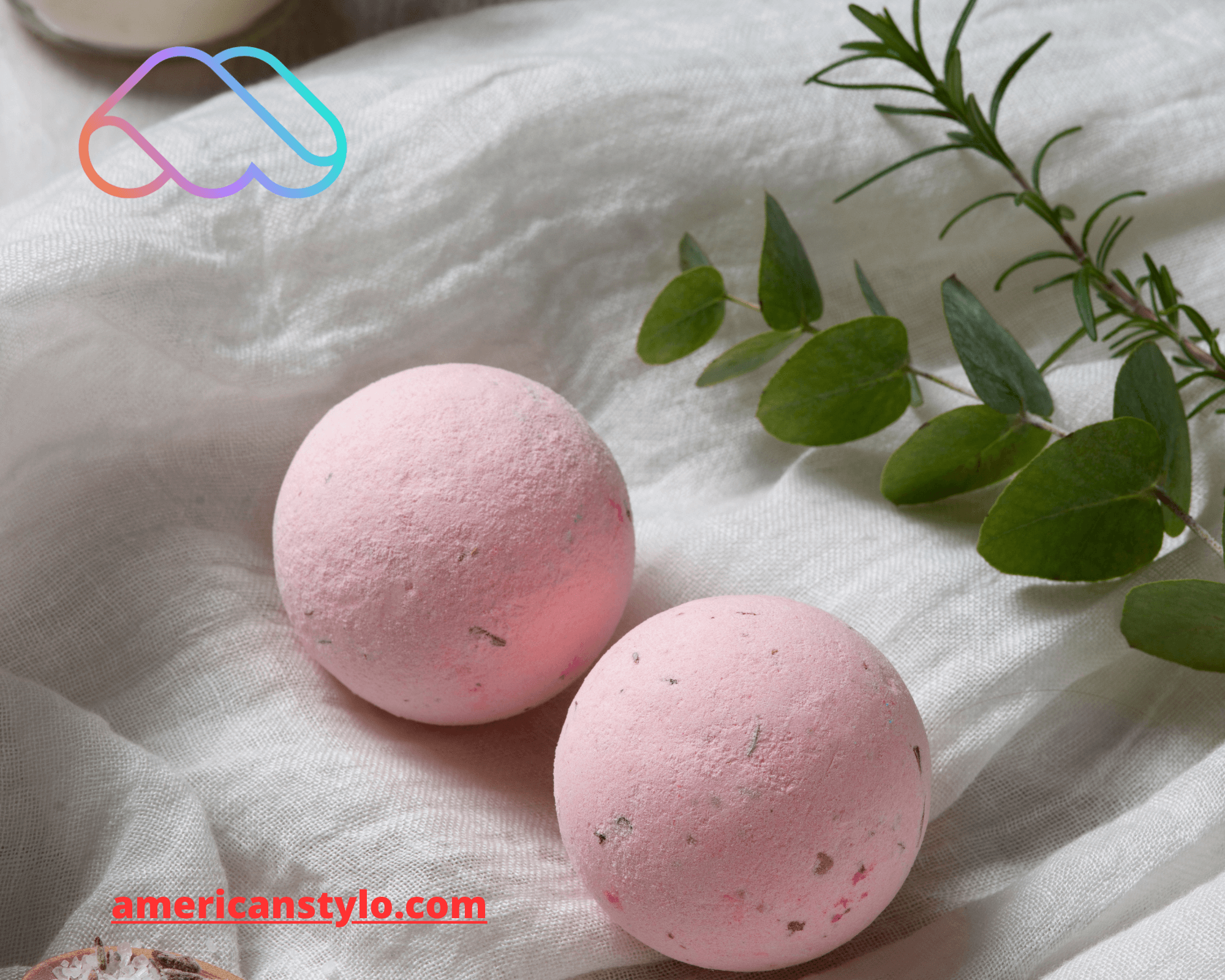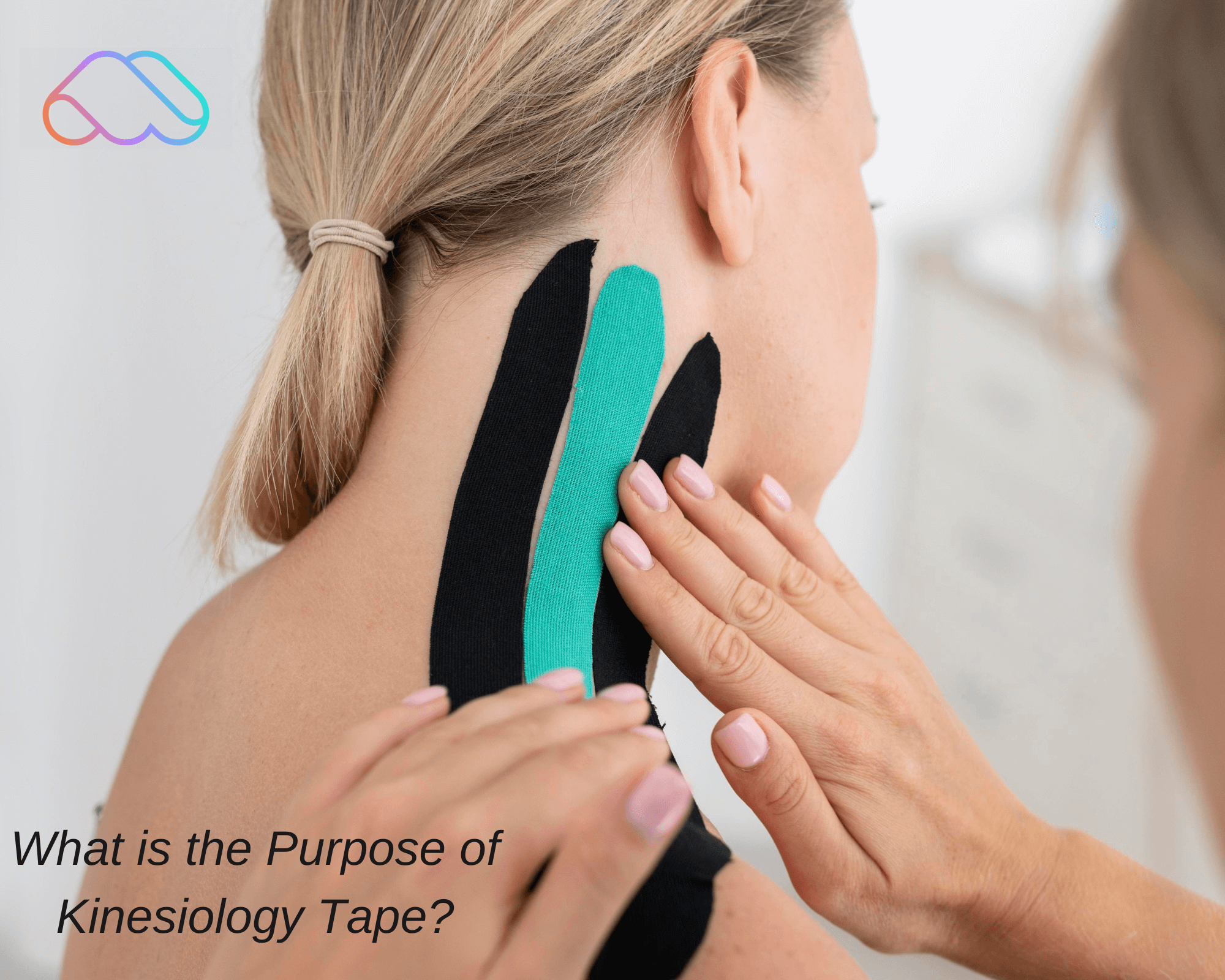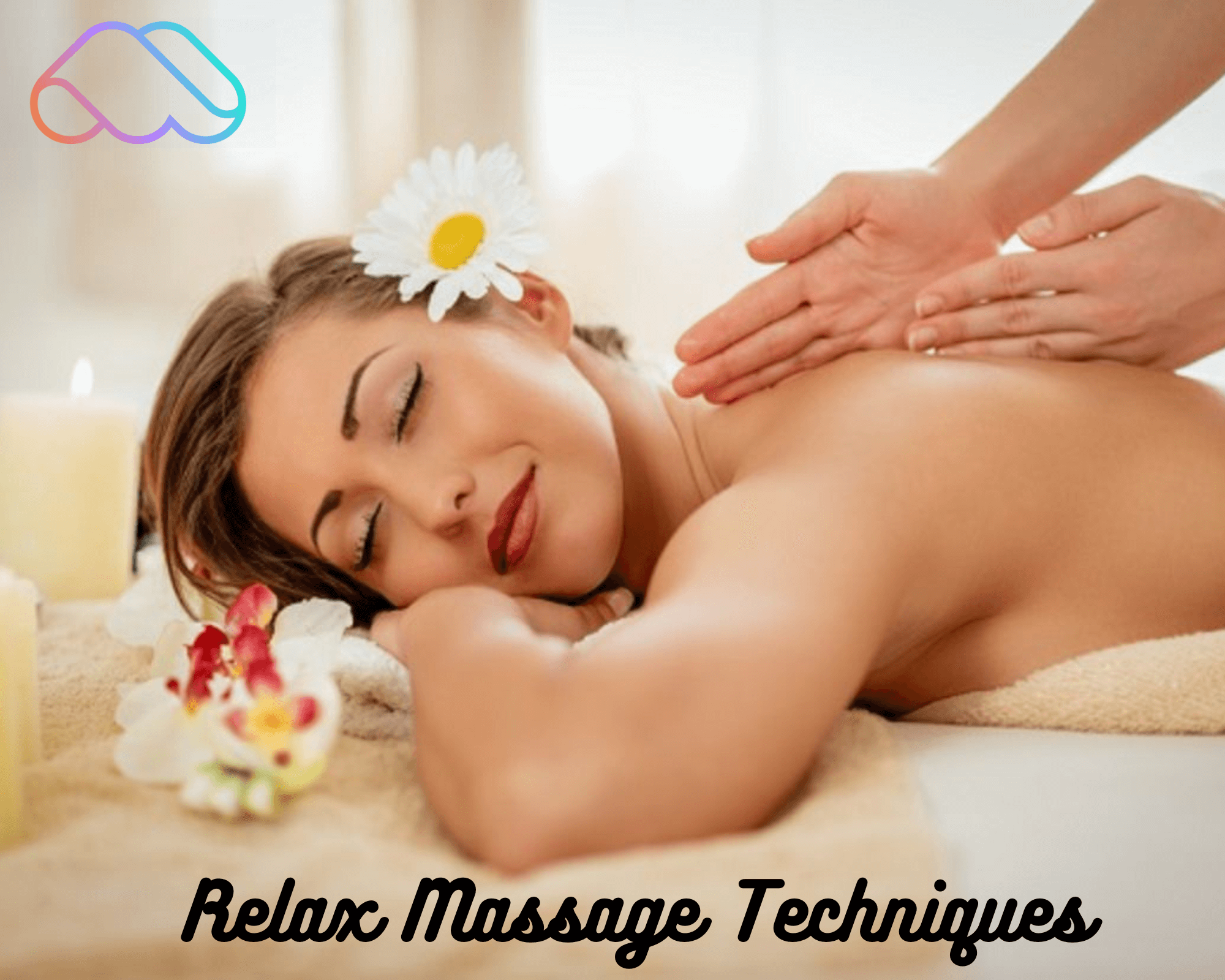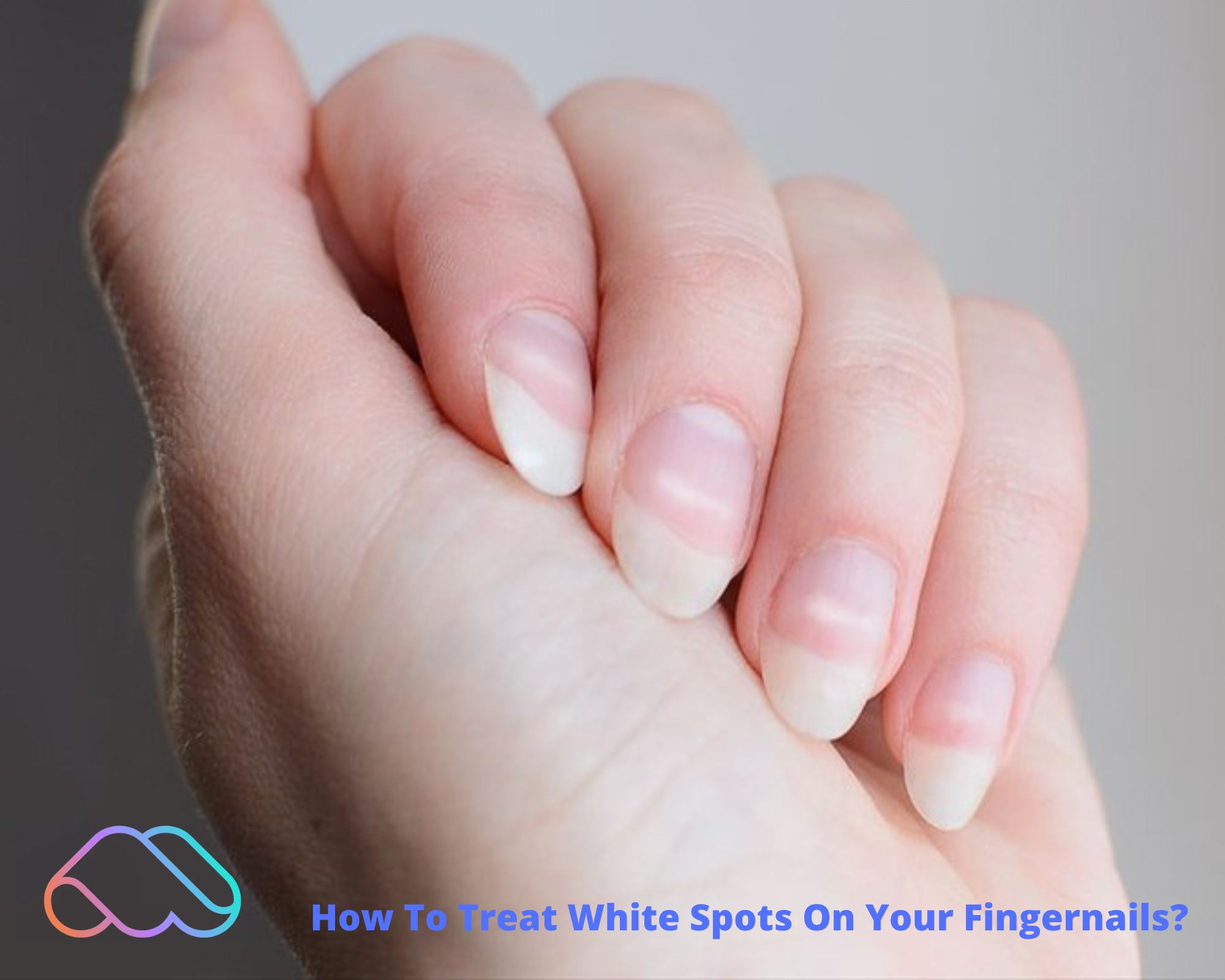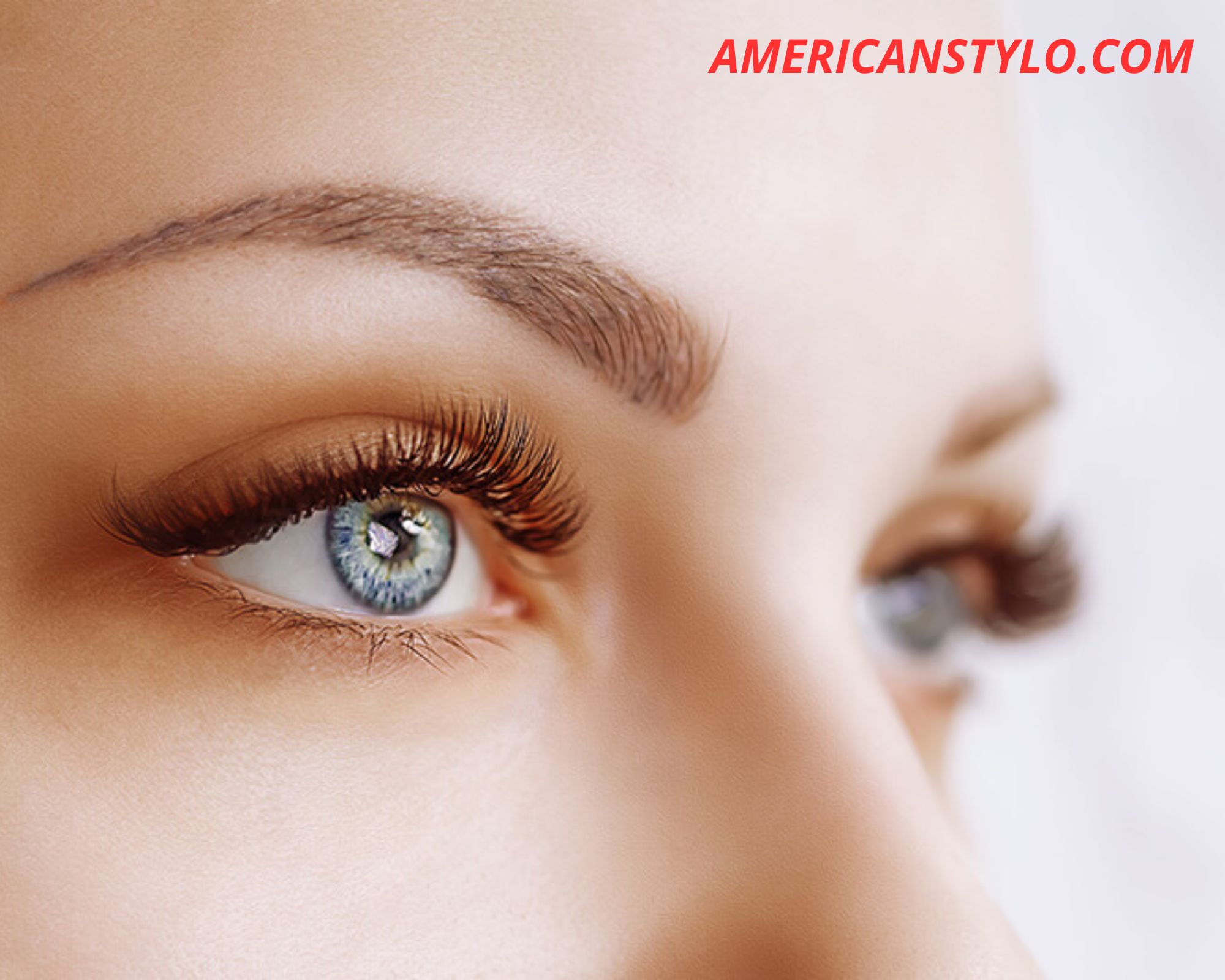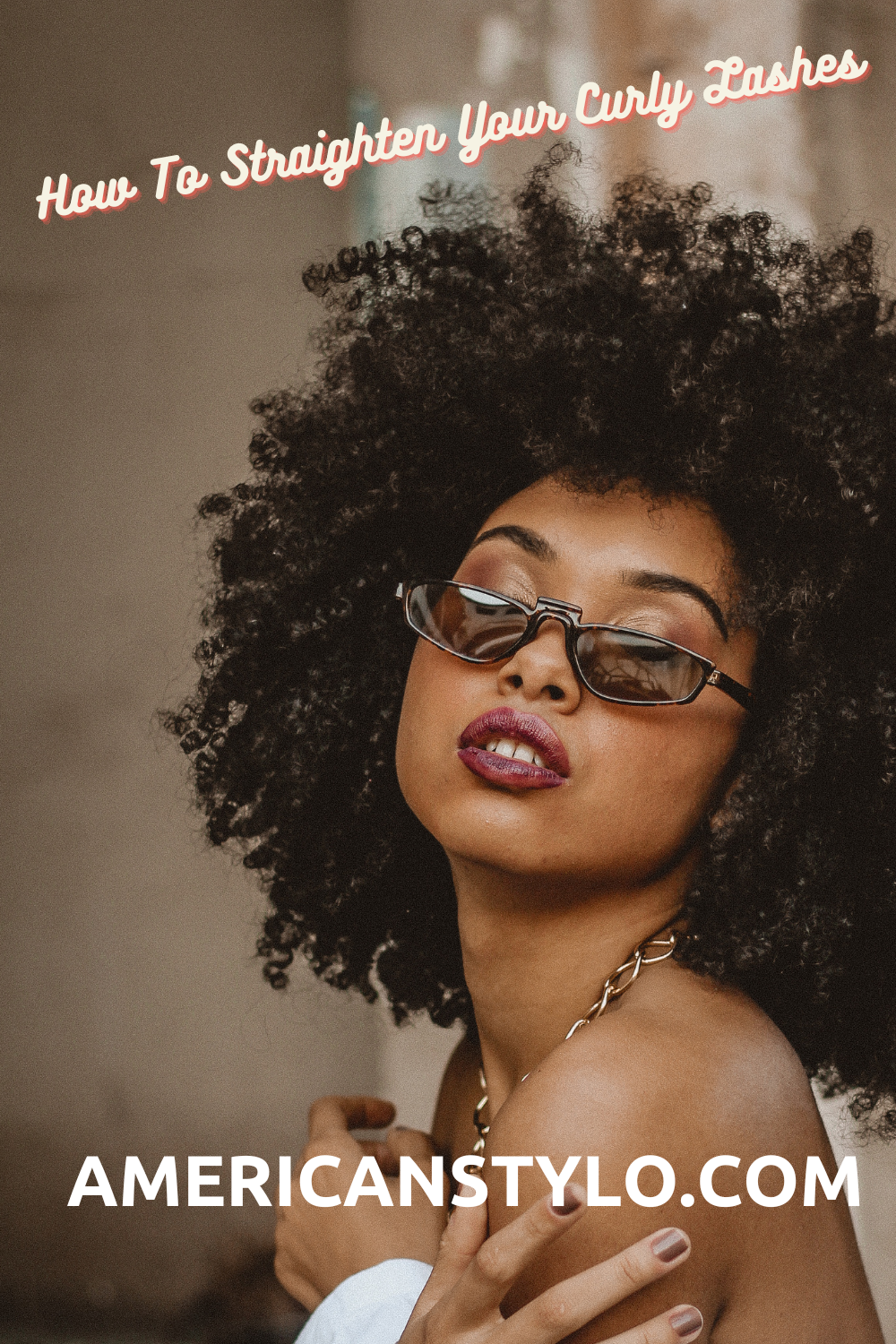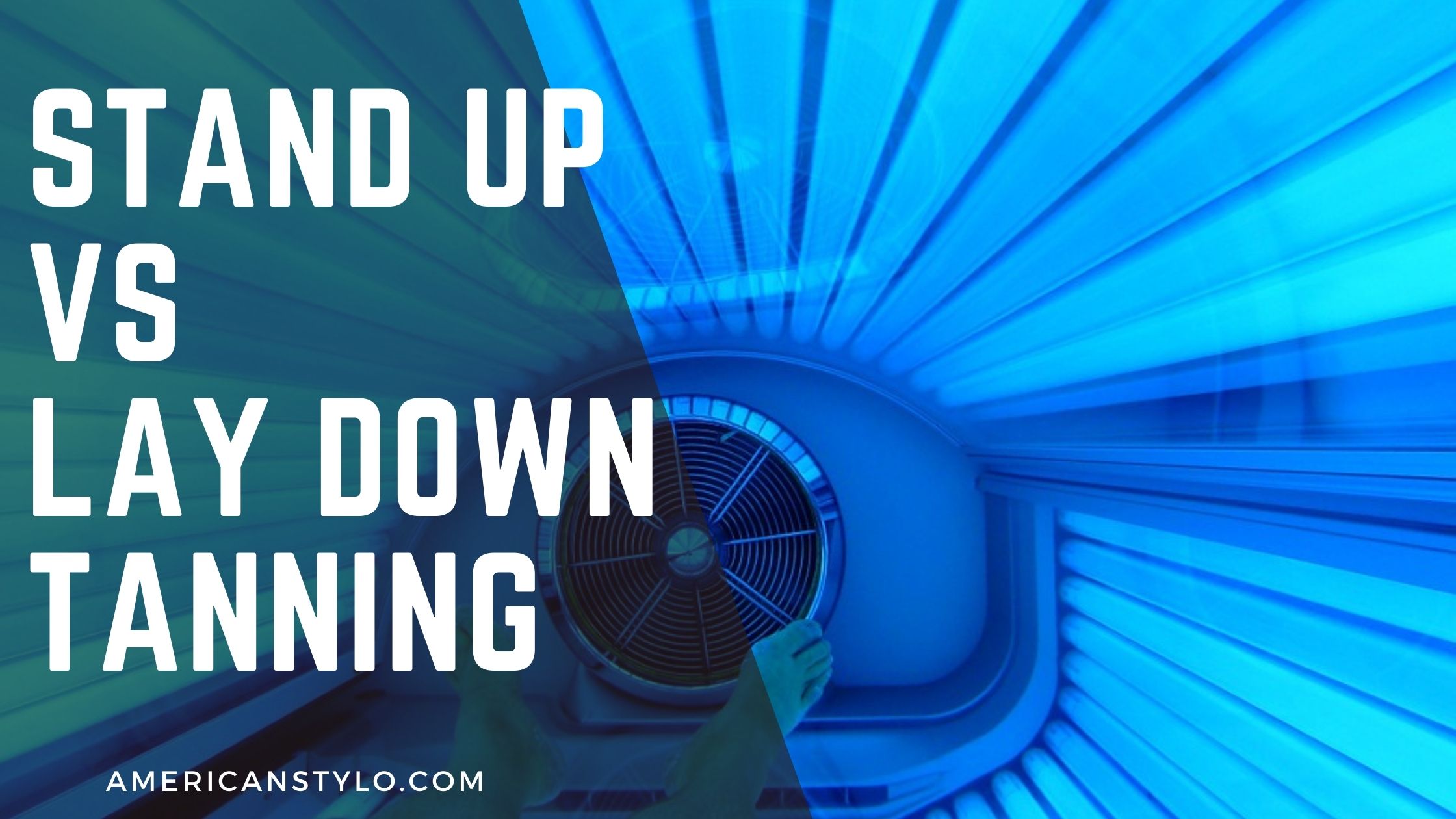
Is there any importance of stand up vs lay down tanning? It’s possible that when you walk into a renowned tanning salon you’ll be greeted with the following question: “Would you want a stand-up tanning bed or a lay-down tanning bed?” If you have never been presented with this option before, you may be perplexed as to which choice is the finest one.
Ultimately, it comes down to personal preference for the majority of people when we talk about stand up vs lay down tanning. Both types of tanning beds will give you a beautiful, natural-looking tan, but the experience will be different in each.
What is Indoor tanning?
To know about stand up vs lay down tanning, first know about indoor tanning. In the dead of winter, do you ever wonder how certain people manage to keep their tan skin looking flawless?
Indoor tanning (or spray tanning) is most certainly responsible for those exotic skin tones, even if some of us can’t help but wish we could spend Christmas in a warmer climate to soak up the a.un.
Traditional light sources are not used in indoor tanning procedures. Instead, UVA and UVB light, which is the portion of sunlight that causes a tan in the first place, is used to bronze your skin. The darker hues and colours we associate with tanning are the result of the light reacting with your skin as it penetrates.
UV radiation-emitting devices include tanning beds, booths, and even a sun lamp. In a tanning parlour, you’re more likely to see two types of tanning beds: one that’s standing up, and one that’s lying down.
Tanning beds are known to cause melanoma, which is something that cannot be disregarded. However, tanning and exposure to UV rays can provide health benefits that are generally overlooked.
How is indoor tanning beneficial?
There are numerous advantages to using tanning beds:
Vitamin D is essential for a healthy immune system:
Sunbeds were originally intended for medical purposes. This apparatus was used to treat conditions such as lupus vulgaris. Nowadays, tanners usually use sunbeds. During the winter, they’re a great way to supplement your diet with vitamin D. The absorption of calcium and the prevention of osteoporosis are both made possible by vitamin D.
They help you burn more calories:
A healthy metabolism necessitates exposure to sunlight, according to research. Nitric oxide is released in the body when exposed to UV radiation from the sun, according to the Daily Mail UK. To speed up your metabolism, nitric acid is administered. Diabetic and obesity-related issues can also benefit from their use.
Confidence-building:
To enhance their self-confidence, many customers want a spray tan. UV Light has also been shown to help people relax and alleviate stress.
Why you should choose a Lay-Down Tanning Bed?

- Relax and tan at the same time with lay-down tanning beds. If you’ve never been to a tanning salon before, this is probably what you’re expecting to see there. This may be the only opportunity they have all day to allow their minds to wander and their eyes to rest. At times, the warm light of the lamps might provide a calming effect.
- Depending on the model, a session in a lay-down tanning bed can take 15 to 20 minutes. In these beds, the lights aren’t normally as bright. In addition to the longer-lasting sessions, many people like using a lie down tanning bed. As a result, you’ll be able to get in more rest time and enjoy your tan even more. Those who choose this tanning bed option can still get a great tan despite the lower intensity of the lights.
- Pressure points in lay-down tanning beds might affect the final appearance of the tan. Lay-down tanning beds have some drawbacks, including the fact that pressure points are formed while you’re lying down. This stops the skin from adequately absorbing the UV rays, resulting in tiny patches or creases in the tan. Before making a final decision, those who are debating between the two types of tanning beds should take this into account.
Why you should choose a Stand-Up Tanning Bed?
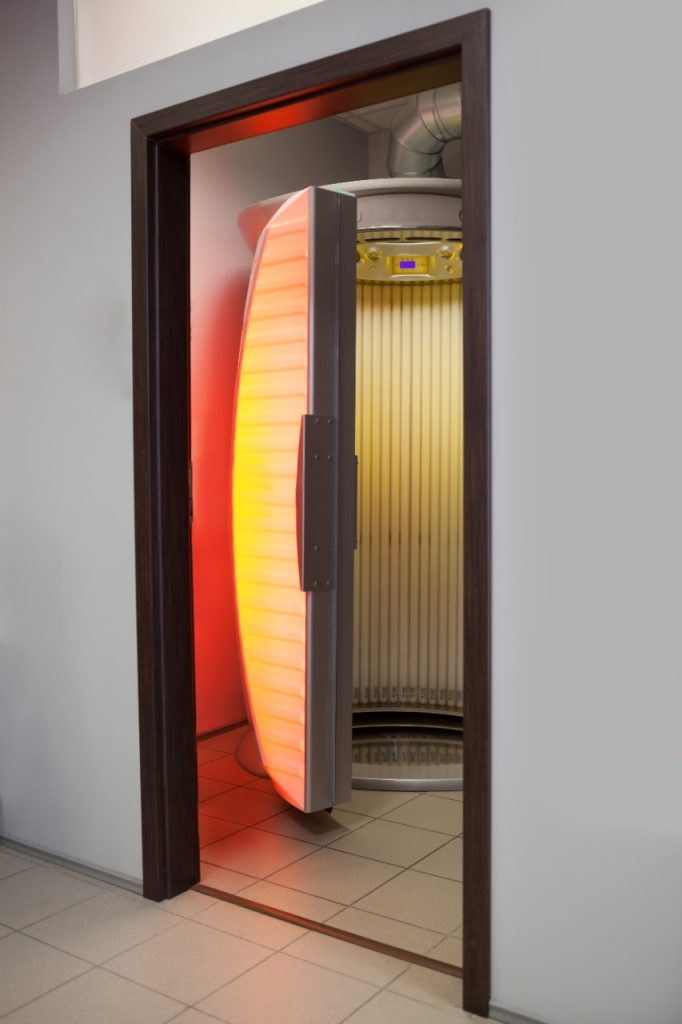
- Stand-up tanning booths require you to remain standing during the entire session. The stand-up tanning bed can feel more like effort than a relaxed time at the salon compared to the lay-down bed. The stand-up tanning bed may not be as enjoyable for those who want a more peaceful experience.
- The tanning sessions in a stand-up bed are shorter since the lights are brighter. About ten to fifteen minutes is the average length of time. Those who prefer to tan while standing still would appreciate this feature. Standing tanning beds are a popular alternative for folks on the go who want a nice tan in a shorter amount of time. Stand up tanning sessions can easily be squeezed in around lunch or on the way home from work.
- Using a stand-up tanning bed is said to produce a more even tan by many people. There have been no pinch points, and the Ultraviolet light may reach all exposed skin. There are no crease lines nor pressure points when using a stand-up tanning bed, which has contributed to a rise in popularity.
Comparison and pros and cons of stand up vs lay down tanning beds
That’s right, you’ve found stand up vs lay down tanning. You’re forced to make a decision based on the little variations between the various beds. Choosing between these two types of beds will be easy if you know what to expect from each one.
Let’s have a look at some of the most important factors to make things clearer about stand up vs lay down tanning.
Coverage that is uniform
We’re all after a nice, even tan. Neither you nor anyone else will be pleased if you wind up with patches of white under your arms.
In a lay-down tanning bed, you are likely to develop pressure points because you are laying down. Because of your posture, the areas on your shoulders and buttocks will not be as evenly tanned as the rest of your body.
The stand-up tanning bed, on the other hand, will give you an even tan because you are standing with your arms outstretched. Neither a pressure point nor a void is present.
Intensity
Tanning beds that employ 100-120 watts of power bulbs are the most popular on the market. The bulbs used in stand-up tanning beds are 160 watts, as opposed to the 100-120 watts used in lay-down tanning beds in the alternative.
Sturdy bulbs and an innovative reflector make stand-up beds tan quickly. Intense tanning bulbs have both positive and negative aspects. We’ll get into that more in the body of the piece.
The Time Needed

You may now safely assume that your stand-up bed tanning session will be brief due to the strong waves emitted. That’s correct. To get the bronzed glow you’ve always wanted, the stand-up bed simply demands 10 minutes of your time per session.
You may not consider the extra 10 minutes to be significant. Even so, it will happen. If you’re a frequent tanner, consider the advantages you’ll get for the next five years if you only do two or three sessions a week.
Facial Tanning
As we get more sun exposure, our skin becomes more resistant to UV radiation. In the winter, our face is exposed to more sunlight than the rest of our body, which means that we need more powerful lamps to achieve the same hue on our face and body.
The tanner has the option to turn on or off the facial tanning units in a lay-down tanning bed. A vertical tanning booth, on the other hand, doesn’t have this option. If you don’t want to tan your face in a stand-up tanning booth, you’ll need to cover it up with a piece of cloth.
Infection Control and Skin Disease
Vertical stand-up beds eliminate the possibility of skin allergies or other health concerns associated with coming into contact with acrylic (getting a rash).
Obviously, on a lay-down bed, you’re lying on a piece of acrylic. Lay-down beds have a significant risk of causing skin problems. When it comes to laying on a tanning bed, itchy tanning rashes are a regular occurrence. Lay-down tanning beds should always be cleaned and disinfected before use if you’re a fan.
In light of the potential for allergic reactions, it is critical to locate a reputable tanning salon in your area. But you can choose the bed of your choice after knowing to stand up vs lay down tanning.
Convenience
Your personal preferences play a huge role here. The lay-down bed is ideal if you want to take a nap or relax throughout the session. Pressure point difficulties can be reduced by moving about and changing your position.
If you don’t mind standing for ten minutes straight with your arms raised, the vertical bed may be the best option for you. People who are claustrophobic or have back problems are also affected by this.
The Sun Burns

You’ve probably figured out who gets the worst sunburns. The high-intensity bulbs used in stand-up tanning booths can cause sunburns on your skin.
Lay down beds are notorious for causing sunburns. To counteract this, you can just get out of bed as soon as you realise the exposure is getting to be too much. People with sensitive skin should exercise extreme caution when using this product.
What are the similarities between a stand up and lay down tanning bed?
As you can see, while there are some significant variations between two tanning beds, they also have some fundamental commonalities. It’s a good idea to compare the similarities and differences between a stand-up tanning bed and a lay-down tanning bed.
The following are some of the similarities:
Purpose:
Be it a standing tanning booth or a lay-down tanning bed, the only objective of both is to provide you with that sun-kissed, gleaming complexion. Both of these indoor tanning procedures are the most popular.
Technology:
Though the amount of light produced varies, both use bulbs that emit ultraviolet A and ultraviolet B rays, which cause a layer of tan to develop on the skin’s surface.
The number of sessions:
Both require more than one session to achieve a satisfactory base tan. Of course, I guarantee you won’t be content with your results after just one tanning session.
The time between sessions:
However, regardless of the physical position of the tanning gear, it is strongly praised to schedule two sessions that are separated by at least 24 hours.
When it comes to tanning, what are 20 minutes in the sun equate to?
Spending 20 minutes in a tanning bed is the same as going to the beach for one to three hours a day without any sunscreen. In comparison to the sun, tanning beds emit three to six times as much radiation. It does not depend on stand up vs lay down tanning beds.
Conclusion about stand up vs lay down tanning
When it comes to tanning salons, whether you have been attending for a long time or are ready to make your first visit, it is always helpful to have a variety of alternatives like stand up vs lay down tanning. It is even more beneficial to understand how to choose between those alternatives! While every salon is different, you will often have the option of choosing between stand tanning beds and lie tanning beds in most.
Hopefully, this topic has provided you with all of the information you need to make an educated decision about your future tanning bed. Always go to a tanning clinic that will work with you, respect and listen to your demands to get the greatest results, regardless of what you end up picking!

